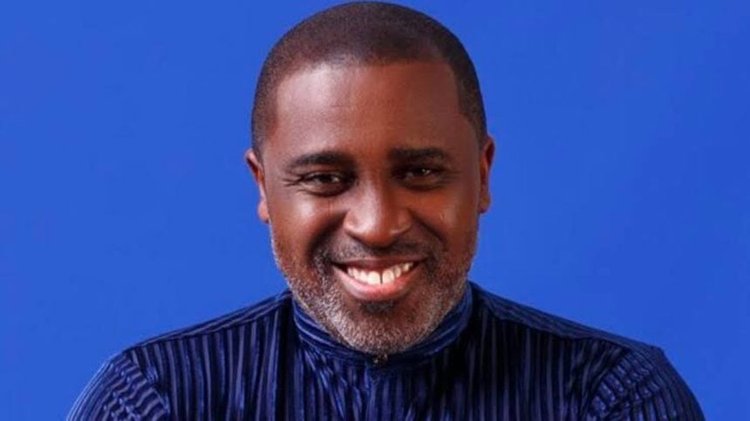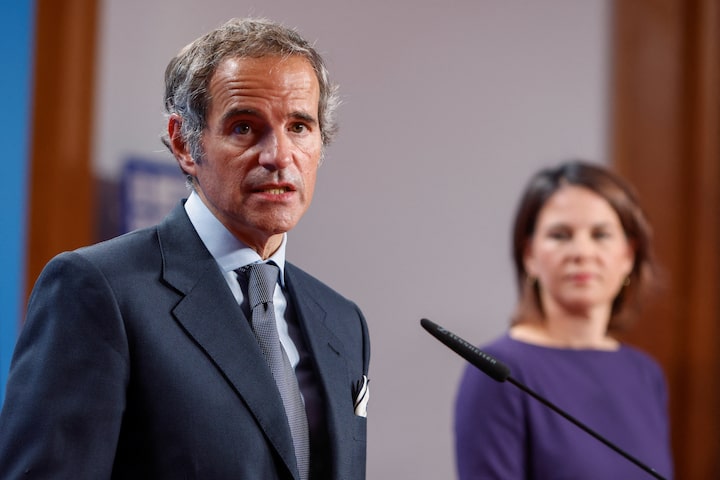The British coronation ceremony is historically significant because it represents the formal inauguration of British monarchs into their reign. This ceremony has evolved over time, incorporating elements of religious devotion, national symbolism, and power consolidation. A better understanding of the significance of the British coronation can be gained by delving into its historical context and the various rituals associated with it.
The Coronation Ceremony’s Evolution
The first recorded British coronation ceremony took place in 973 AD at Bath Abbey, when King Edgar was crowned. The ceremony drew heavily on earlier Frankish and episcopal ordination ceremonies, with Saint Dunstan making significant contributions to its design. The Archbishop of Canterbury presided over the ceremony, which included the anointing of the monarch with holy oil, the presentation of regalia, and the investiture of the monarch with symbols of royal power such as the sceptre and the crown.
The coronation ceremony has evolved over the centuries to reflect the changing nature of the monarchy and the society it serves. For example, during King Henry III’s reign in the thirteenth century, Westminster Abbey replaced previous locations such as Bath Abbey as the primary site for coronations.
During Queen Elizabeth I’s reign in the sixteenth century, there was a significant change in the coronation ceremony. The Protestant Reformation had altered England’s religious landscape, and the coronation ceremony reflected this. Instead of anointing oil, the monarch would be blessed, and the ceremony would follow the new Protestant liturgy.
Another significant change occurred during King Charles II’s reign in the seventeenth century. The monarch was required to swear an oath to uphold the laws and protect the Church of England, reflecting the new political landscape of England. This shift reflected Parliament’s growing power and the constitutional monarchy, which limited the monarch’s power.
Throughout the twentieth century, the coronation ceremony evolved to reflect the changing needs of a modern monarchy. King George VI’s coronation in 1937 was the first time the ceremony was broadcast on radio, with commentary relayed from within the Abbey. The coronation of Queen Elizabeth II in 1953 was the first to be televised, and it marked a watershed moment in the public’s perception of the monarchy.
Religious Importance
The British coronation ceremony is deeply religious, uniting the monarch’s divine authority with their role as a servant of the people. The ceremony has been imbued with religious symbolism, traditions, and rituals throughout history, emphasising the monarch’s sacred duty and anointment as God’s chosen ruler.
A British coronation ceremony is a religious event that emphasises the monarch’s relationship with God and commitment to carrying out their duties. The monarch is anointed with holy oil as part of the ceremony, symbolising the infusion of God’s spirit and divine authority into the monarch’s reign. This anointing is a visible and symbolic act that consecrates the monarch’s position and distinguishes them from ordinary people.
The religious nature of the coronation ceremony is also evident in the monarch’s oaths. The monarch makes solemn promises to God and the people during the ceremony, promising to govern justly, uphold the laws, and protect the people’s rights and liberties. These oaths serve as a public declaration of the monarch’s dedication to their role as a servant and protector of the nation.
The location of the coronation ceremony emphasises its religious significance even more. Westminster Abbey, the primary location for coronations in the United Kingdom, is a revered and historic place of worship. The Abbey’s role as a coronation church dates back centuries, reflecting its importance as a sacred site for monarch consecration.
The clergy’s participation in the coronation ceremony, particularly the Archbishop of Canterbury, emphasises its religious nature. The clergy are responsible for administering religious rites, praying, and leading the congregation in hymns and readings. Their presence emphasises the spiritual dimension of the ceremony and strengthens the monarchy’s relationship with the Church of England.
The religious significance of the British coronation ceremony has been evident throughout history in the public’s perception and understanding of the monarch’s role. The ceremony symbolises kings’ and queens’ divine right, emphasising their authority as God’s representatives on Earth. It reinforces the idea that the monarch’s power comes from a higher source and acts as a unifying force for the nation.
National Unity and Symbolism
The coronation ceremony also represents national unity and continuity. It celebrates the British monarchy’s rich heritage and traditions, reminding people of their shared history and cultural identity. The crowning ceremony, in which the monarch receives the crown on their head, symbolises the transfer of power and the start of a new era. The ceremony’s presence at Westminster Abbey, a historic and revered location, adds to its symbolism and grandeur.
People’s Legitimation and Promises
The coronation ceremony is important in legitimising the monarch’s rule. Although the monarch takes power upon accession, it is during the coronation that the monarch makes promises to the people they serve. The monarch swears an oath to govern justly, protect the rights and liberties of the people, and uphold the law and the Church. This public declaration strengthens the monarch’s bond with the people, establishing the monarch’s role as a servant of the nation.
The British coronation ceremony has historically been a significant public event, capturing the imagination and attention of people across the country and beyond. Because of technological advancements, more people can now attend the ceremony. The coronation of Queen Elizabeth II in 1953 was the first to be televised, allowing millions to witness the historic event. This increased public participation has aided in strengthening the bond between the monarchy and the people, reinforcing a sense of national unity and identity.
Furthermore, in times of change, the coronation ceremony is a powerful symbol of continuity and stability. It represents the connection between the current monarch and their forefathers, connecting the current reign to the long historical lineage of British monarchs. The coronation ceremony reinforces the monarch’s commitment to upholding the values and institutions that have shaped the nation over the centuries by adhering to the traditions and rituals of the coronation.
Finally, the British coronation ceremony is historically significant. It embodies centuries of tradition, representing the transfer of power, the religious significance of monarchy, and the unity of the nation. The coronation ceremony has remained a testament to the monarchy’s endurance and adaptability, providing a sense of stability and continuity in an ever-changing nation, from its ancient origins to modern televised events.
References:
- “Coronation of British monarchs, also known as coronation of English monarchs, is a ceremony in which a British king or queen is inaugurated into office through a series of rituals, including receiving the crown on his or her head.” Elements of British coronations can be traced back to Edgar’s coronation in 973 CE at Bath Abbey.” URL: https://www.britannica.com/topic/British-monarchy-coronation
- “The Abbey’s role as a coronation church influenced Henry III’s rebuilding of the church in the Gothic style of architecture from AD 1245, and a large space or “theatre” was planned under the lantern, between the choir and the high altar.” Edward I was the first king to be crowned in the current Abbey in 1274.” URL: https://www.westminster-abbey.org/about-the-abbey/history/coronations-at-the-abbey/a-history-of-coronations/a-history-of-coronations
- “At King George VI’s coronation in 1937, for the first time, a commentary was broadcast from within the Abbey, and the service was relayed.” Not only was there a commentary in 1953, but the service itself was televised, and colour films were taken throughout.” URL: https://www.britannica.com/event/Elizabeth-II-Coronation
- “It has religious significance first and foremost, with the monarch making promises to God as part of a Christian ceremony.” Second, while the monarch gains status and authority upon accession, it is at the coronation that the monarch makes promises to the people they serve.” URL: https://www.westminster-abbey.org/about-the-abbey/history/coronations-at-the-abbey/coronations-at-the-abbey/a-guide-to-coronations
- “The coronation spoon from the 12th century is the oldest piece of coronation regalia.” It is used to anoint the new king or queen with holy oil, “thus infusing him or her with God’s spirit and…” URL: https://www.history.com/news/royal-ceremony-funeral-coronation-objects




